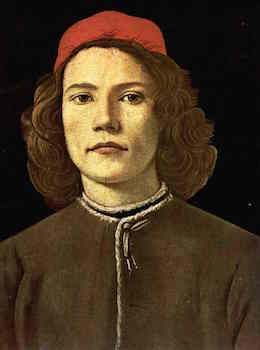Product Description
Jules & Louis Wiese Renaissance Revival pendant necklace, ancient carved carnelian cameo, diamonds, rubies, an emerald, two natural pearls, a cabochon emerald drop, original chain, signed, original leather box, c.1875



A goldsmith and jeweler, Louis Wiese (Berlin 1818 – Paris 1890) began his career in Berlin where he served his apprenticeship before moving to Paris to work for J.V. Morel and then more significantly with F.D. Froment-Meurice, with whom he established a close bond. Weise opened his first atelier rue Jean-Pain-Molet in 1844 and worked exclusively for Froment-Meurice, as ever a supporter of Wiese’s work, he pushed for Wiese to receive the collaborator’s medal at the Exposition of 1849. Jules Wiese eventually worked for many of the top manufacturing jewelers and went on to win a first-class medal at the 1855 Exposition and a medal of honor at the 1862 Exhibition in London. M. Magne was quoted as follows when discussing Jules Wiese in light of the 1855 Exposition, “fine goldsmith and jeweler with an already distinguished reputation which can only be enhanced by his display. The importance of his pieces and his brave experiments reveal, even in the most modest work, an awareness of art and beauty which deserves to be encouraged by the jury.” Louis, Jules’ son, took over the company in 1880, continuing the reputation for fine craftsmanship and artistry that his father had established.
Jules & Louis Wiese Renaissance Revival pendant necklace, ancient carved carnelian cameo, diamonds, rubies, an emerald, two natural pearls, a cabochon emerald drop, original chain, signed, original leather box, c.1875
Provenance: Dolores del Rio
Illustrated: “The Impossible Collection of Jewelry” by Vivienne Becker(Assouline, 2015)
